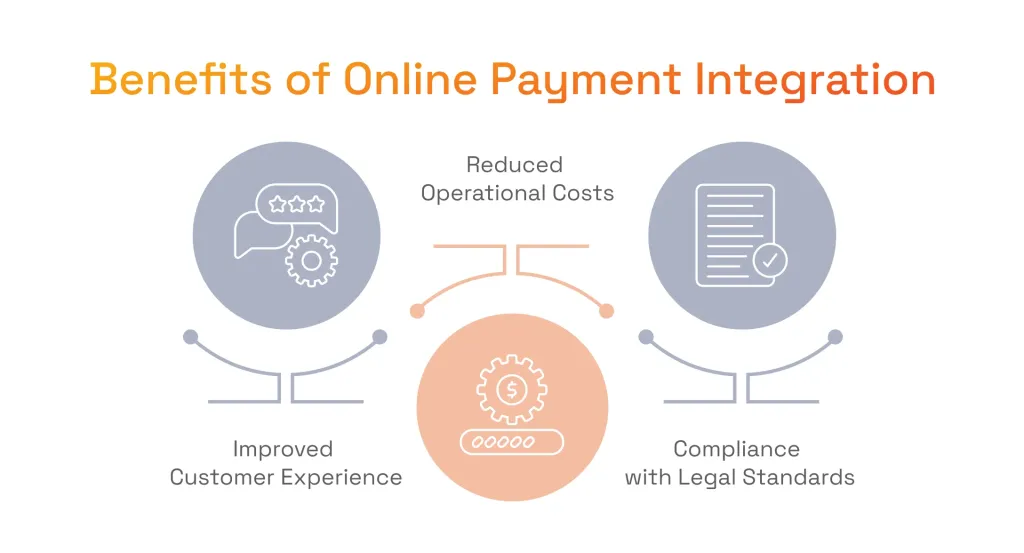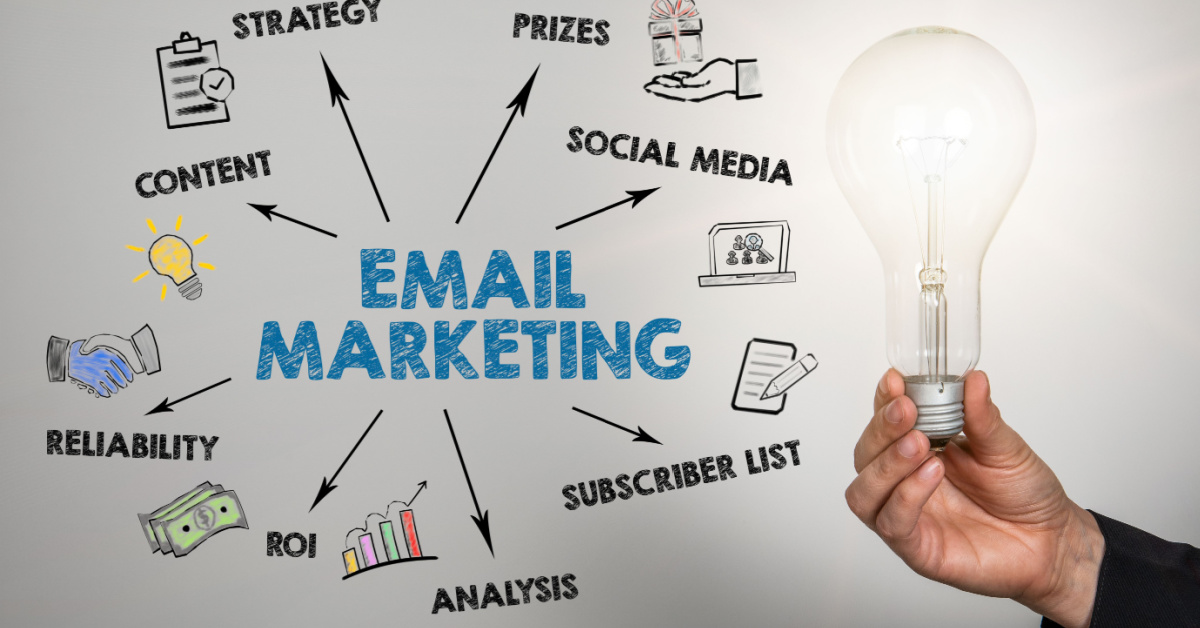Introduction
In the digital age, businesses need to leverage technology to stay competitive and grow exponentially. One of the most powerful tools available today is a well-designed mobile application. An app not only enhances customer engagement but also streamlines business operations, increases brand visibility, and improves customer retention. However, to achieve significant growth, an app must be built with the right features and strategies in mind.
This blog explores the essential requirements for app development that can help businesses achieve exponential growth.
1. Define Clear Objectives
Before starting the development process, it is crucial to have a clear understanding of the app’s purpose and objectives. Businesses should determine what they aim to achieve with the app, such as increasing sales, enhancing customer engagement, or streamlining internal processes.
Key Considerations:
- Identify target users and their needs
- Define core features and functionalities
- Establish KPIs (Key Performance Indicators) to measure success
2. User-Centric Design and UI/UX
A well-designed app should be intuitive, visually appealing, and easy to navigate. A poor user experience (UX) can lead to high uninstall rates and lost customers. Ensuring a seamless UI/UX helps retain users and increases engagement.
Best Practices for UI/UX:
- Simple and intuitive navigation
- Consistent branding and design elements
- Fast and responsive interface
- Accessibility for all user demographics
3. Platform Compatibility (Android & iOS)
To reach a broader audience, businesses should develop an app that is compatible with both Android and iOS platforms. Depending on the target market and budget, companies can choose between native, hybrid, or cross-platform development.
Development Options:
- Native Apps: High performance but requires separate development for Android (Java/Kotlin) and iOS (Swift/Objective-C)
- Hybrid Apps: Uses a single codebase (React Native, Flutter) but may compromise performance
- Progressive Web Apps (PWA): Web-based, requires no installation, but lacks native features
4. Performance Optimization
Users expect fast and smooth performance from mobile apps. Lagging or crashing apps drive users away, leading to poor retention rates. Optimizing app performance ensures a seamless experience.
Performance Optimization Techniques:
- Efficient coding and data management
- Image and file compression to reduce load times
- Background processing to avoid performance bottlenecks
- Regular testing and debugging
5. Scalability for Future Growth
A scalable app allows businesses to handle increased user traffic and integrate new features without major disruptions. Planning for scalability ensures that the app remains functional as the business grows.
Scalability Strategies:
- Cloud-based infrastructure for flexible resource management
- Modular architecture to add features easily
- Database optimization for faster query execution
6. Security and Data Protection
With rising cybersecurity threats, businesses must prioritize app security. Data breaches can damage brand reputation and lead to legal consequences. Implementing strong security measures ensures user trust and compliance with regulations.
Security Best Practices:
- End-to-end encryption for data transmission
- Multi-factor authentication (MFA) for user logins
- Secure API integration
- Regular security audits and updates
7. Integration with Third-Party Services
Integrating third-party services enhances app functionality and improves user experience. From payment gateways to CRM systems, third-party integrations help streamline operations.
Essential Integrations:
- Payment gateways (PayPal, Stripe, Razorpay)
- Social media login and sharing
- Customer Relationship Management (CRM) tools
- Analytics and tracking tools
8. Personalization and AI-Driven Features
Users prefer personalized experiences that cater to their preferences and behavior. AI-powered recommendations and chatbots can enhance engagement and customer satisfaction.
Personalization Techniques:
- AI-driven product recommendations
- Personalized push notifications
- Voice recognition and chatbot support
- User behavior analysis for tailored content
9. Seamless Offline Functionality
An app that works even without an internet connection provides a better user experience and increases usability. Offline functionality allows users to access important features without being dependent on connectivity.
Offline Feature Considerations:
- Local data storage with synchronization upon reconnecting
- Caching frequently accessed content
- Downloadable content for offline access
10. Marketing and App Store Optimization (ASO)
A well-developed app is ineffective if users cannot find it. Marketing and App Store Optimization (ASO) strategies help businesses reach a wider audience and increase downloads.
ASO Strategies:
- Keyword optimization in app title and description
- High-quality screenshots and video previews
- Positive reviews and ratings to boost credibility
- Regular updates with new features and improvements
11. Push Notifications for Engagement
Push notifications are an effective way to keep users engaged and informed about new offers, updates, and personalized recommendations. However, excessive notifications can lead to user annoyance and uninstalls.
Best Practices:
- Keep notifications relevant and valuable
- Allow users to customize notification preferences
- Use rich media (images, GIFs) to increase engagement
12. Monetization Strategies
To ensure long-term sustainability, businesses must have a clear monetization strategy for their app. Various revenue models can be implemented based on the target audience and industry.
Common Monetization Models:
- Freemium Model: Basic features are free, with premium features available at a cost
- In-App Purchases: Users pay for additional features or content
- Subscription Model: Monthly or yearly subscriptions for premium services
- Ad-Based Revenue: Displaying relevant ads within the app
13. Regular Updates and Maintenance
Continuous updates and maintenance keep the app relevant, secure, and bug-free. Businesses should actively respond to user feedback and roll out updates based on customer needs and market trends.
Importance of Regular Updates:
- Fixing bugs and improving performance
- Adding new features based on user demand
- Ensuring compatibility with latest OS versions
- Enhancing security measures
14. Analytics and Performance Tracking
Tracking app performance and user behavior helps businesses refine their strategies and optimize the app for better engagement and conversions.
Key Metrics to Track:
- Daily Active Users (DAU) and Monthly Active Users (MAU)
- User retention and churn rate
- Conversion rates for in-app purchases
- Session duration and screen flow analysis
15. Customer Support and Feedback System
Providing exceptional customer support within the app enhances user satisfaction and builds brand loyalty. Implementing an easy-to-use feedback system allows businesses to address concerns and improve services.
Effective Customer Support Features:
- In-app chat support or AI-powered chatbot
- FAQ section for common queries
- Email and phone support integration
- User feedback collection through surveys
Conclusion
A well-developed mobile app is a game-changer for businesses looking to scale exponentially. From user-friendly design and robust security to AI-driven personalization and seamless offline functionality, each aspect plays a critical role in the app’s success.
By implementing these essential app development requirements, businesses can create an app that enhances customer engagement, boosts revenue, and ensures long-term growth in an increasingly digital marketplace. Investing in a feature-rich and optimized mobile application is the key to thriving in today’s competitive business landscape.




